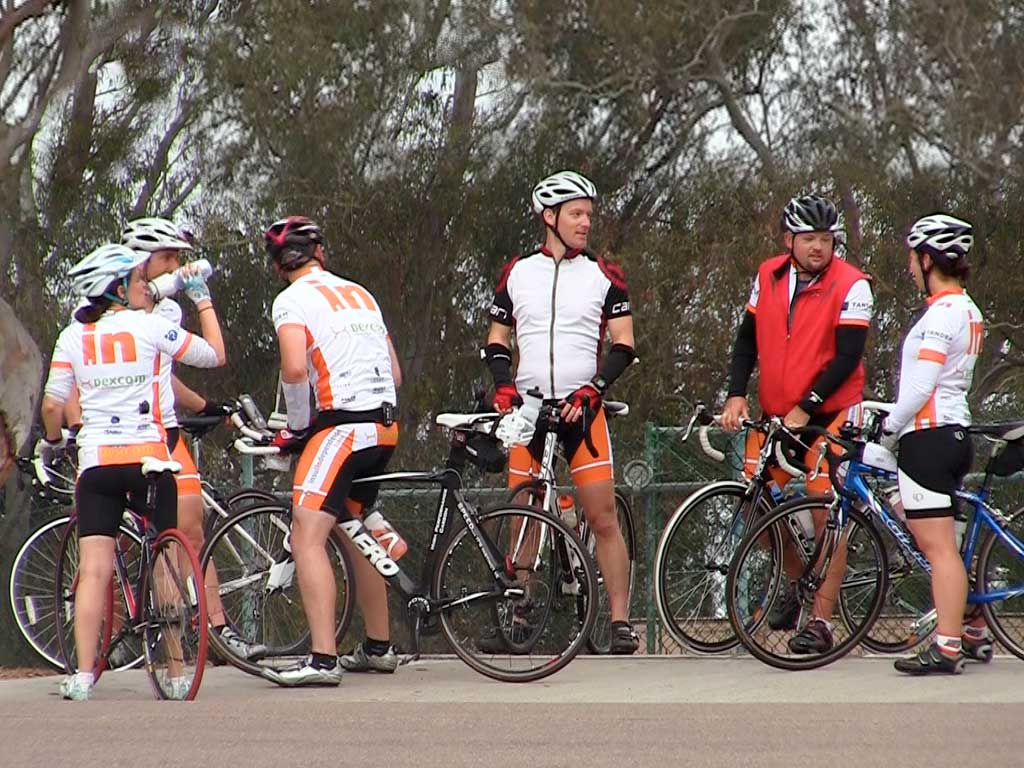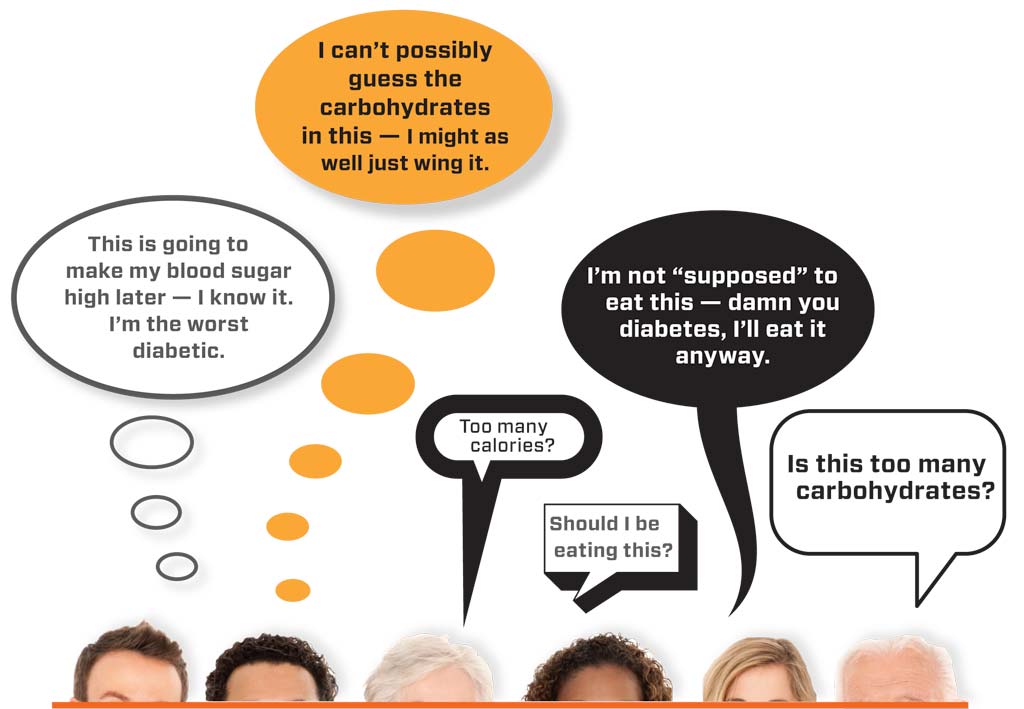Is Exercise After Insulin Unsafe?
New study reveals the optimal insulin-state for exercise in people with type 1 diabetes to allow for natural endogenous glucose release

Exercise and diabetes; two things that should go hand in hand but, more often than not, seem incompatible.
Consistent exercise is a must to maintain heart health and keep insulin resistance down. But it also comes with some risks, most notably, incapacitating lows that can quickly turn dangerous.
There are, of course, tricks you can use to help avoid lows during exercise — many of which we recently covered in these two articles:
- Exercising with T1D: The Insulin-Food Balance Challenge
- Insulin Dosing and Timing Before and After Intense Cardio Exercise
But a new pilot study out of the Center for Diabetes Technology at the University of Virginia School of Medicine says that chugging carbs or calculating complex temporary basals is not likely to keep you safer during a workout if your insulin levels are too high.
Importance of Insulin Levels in Exercise Safety
The pilot study, which was headed by Rita Basu, MD, analyzed data from twelve participants — six people with type 1 and six people without diabetes — during preset exercise tests.
Each type 1 person completed the same exercise test under three different starting conditions:
- Normal blood sugar with low insulin on board
- Normal blood sugar with high insulin on board
- Moderately high blood sugar with low insulin on board
During the exercise tests, each participant was tested for glucose fluxes before, during, and after the 60 minute workout.
When looking at only the subjects with diabetes, the researchers found that endogenous glucose production:
- Increased during exercise when low insulin levels existed prior to beginning exercise
- Did not increase during exercise for subjects with high insulin on board
This clearly demonstrated to the researchers that the amount of insulin in the bloodstream is more important to maintaining non-hypoglycemic blood sugar levels than the starting blood glucose levels themselves.
Insulin’s Role in Natural Endogenous Glucose Release
When a person without diabetes lacks food or does too much exercise, their blood sugar begins to crash and their body responds by releasing glucose into the bloodstream.
So why, then, does the system of a person with diabetes not respond in the same way when their blood sugar is plummeting?
The answer has everything to do with insulin levels
When a person without diabetes experiences a drop in blood glucose, their body stops releasing insulin. This drop in insulin concentration signals their body to then release life-sustaining glucose.
But for people with diabetes, this insulin-drop glucose-increase feedback doesn’t typically exist.
- If your blood sugar is dropping, it means you have plenty of (or often, too much) insulin on board
- Without that drop in blood insulin levels, your body never gets the signal to release glucose from the liver
When looking at Dr. Basu’s data with this feedback system in mind, her findings make perfect sense.
The act of exercising itself will signal the liver to release glucose, but this reaction is muted in people with diabetes due to the non-functioning insulin feedback loop discussed above. And the more insulin on board, the less glucose the body will release whether you’re exercising or sitting on the couch.
Exercising After Taking Insulin Is Higher Risk
It is for this reason that exercising soon after taking an insulin bolus or correction dose actually put you at a higher risk of dangerous hypoglycemia than working out when your insulin levels are low.
- If your insulin levels are low enough when you begin your workout, your body can react more naturally to exercise by releasing glucose to sustain normal blood sugars even if you aren’t taking in sugar through food or drink as you go.
- If, on the other hand, you choose to workout shortly after a meal that you bolused for or after correcting for a high, your body won’t release glucose from the liver to make up for blood glucose being used. This means, if you don’t consume enough carbs during your workout, your sugars will drop.
As Dr. Basu puts it:
Moderate exercise in people with type 1 diabetes to maintain an active lifestyle is preferred when their blood glucose levels are normal or modestly elevated, but not when their circulating insulin concentrations are raised, such as shortly after a bolus or prandial dose of insulin.







